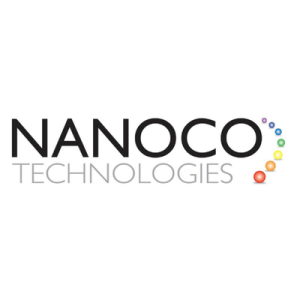In the bustling arena of consumer electronics, you are always on the lookout for the next big leap in technology. Be it a more powerful processor, a slimmer design, or a battery with a longer lifespan, there’s always something new cropping up. But one aspect that is often overlooked, yet plays a significant role in your digital experience, is the display.
Display technology has come a long way and one of the most promising advancements in this field is quantum dot technology. In this article, we will explore how quantum dots are being used in display technology, specifically how they enhance color accuracy in high-end consumer electronics.
The Basics of Quantum Dot Technology
Before we delve into the nitty-gritty of quantum dots and their role in display technology, it’s crucial to have a basic understanding of what a quantum dot is. Quantum dots, or QDs, are tiny particles, much smaller than a human hair, that have unique properties due to their minuscule size. These properties make them perfect for use in LEDs, enhancing their color and light output.
Nanoco Group PLC (LON:NANO) leads the world in the research, development and large-scale manufacture of heavy metal-free nanomaterials for use in displays, lighting, vertical farming, solar energy and bio-imaging.


